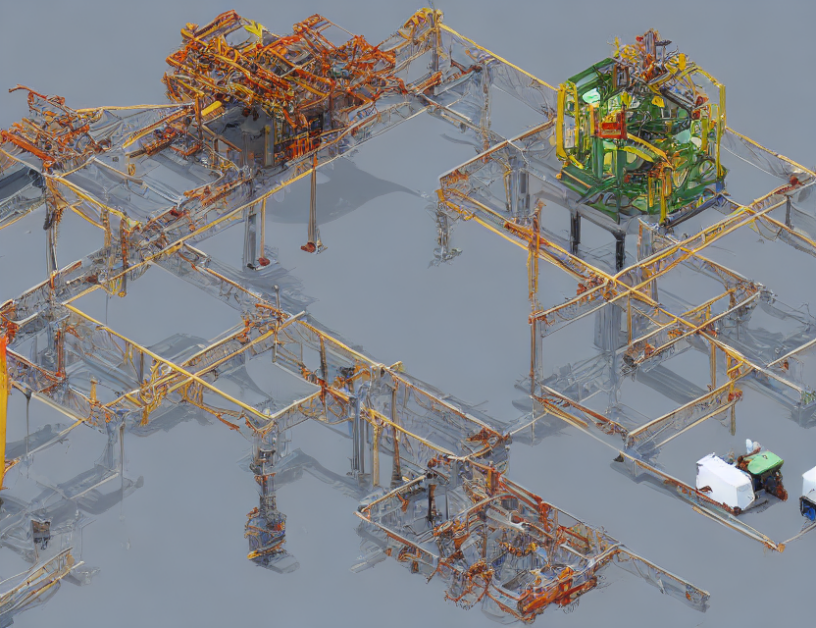In recent years, the transformer architecture has revolutionized the field of natural language processing (NLP). However, these models come with a hefty price – computational complexity. To address this issue, researchers have explored various techniques to reduce the number of tokens while maintaining model performance. In this article, we delve into the comparison between two token-level methods: pruning and averaging. We aim to demystify these complex concepts by using everyday language and analogies to explain their strengths and weaknesses.
Pruning vs Averaging
Token pruning involves removing less important tokens from the transformer model, while average merging combines multiple tokens into single representations. Both methods have their advantages and disadvantages. Pruning can lead to information loss but also significantly reduces computational complexity. On the other hand, averaging can capture more comprehensive representations but may result in slower performance.
The article highlights that pruning emerges as a practical strategy when subsequent operations exhibit low functional linearity. This is because interpolations of inputs can cause misalignment in the output space, leading to potential information loss or distribution shift. In contrast, averaging shows benefits when model functional linearity is high, enabling the model to aggregate information from multiple tokens and capture a more nuanced representation.
Integrating Ratio-Nale into a Unified Algorithm
To address the limitations of both pruning and averaging, the authors propose integrating ratio-nale into a single unified algorithm. This approach combines the strengths of both methods, enabling efficient transformers with improved performance. The proposed algorithm leverages auxiliary loss functions to determine which tokens to prune while also incorporating averaging techniques to capture comprehensive representations.
Conclusion
In conclusion, this article sheds light on the comparison between token-level pruning and averaging methods in transformer architectures. By demystifying complex concepts using everyday language and analogies, we aimed to provide a comprehensive understanding of their strengths and weaknesses. The proposed unified algorithm offers a promising solution to achieve efficient and performant transformers. As the field of NLP continues to evolve, it is essential to explore innovative techniques that can balance computational complexity with model performance.



